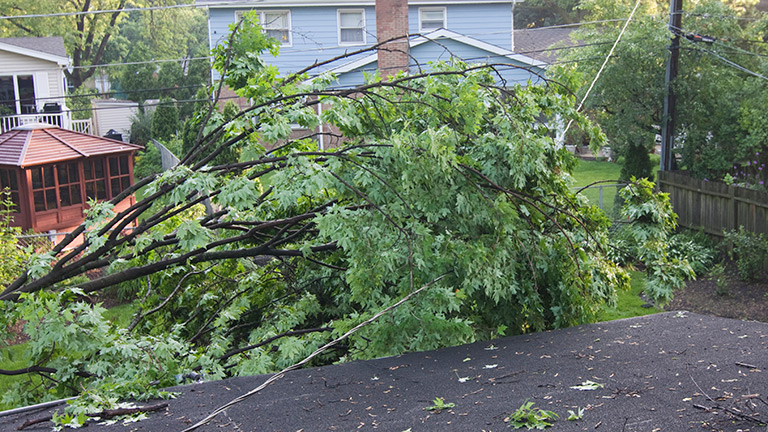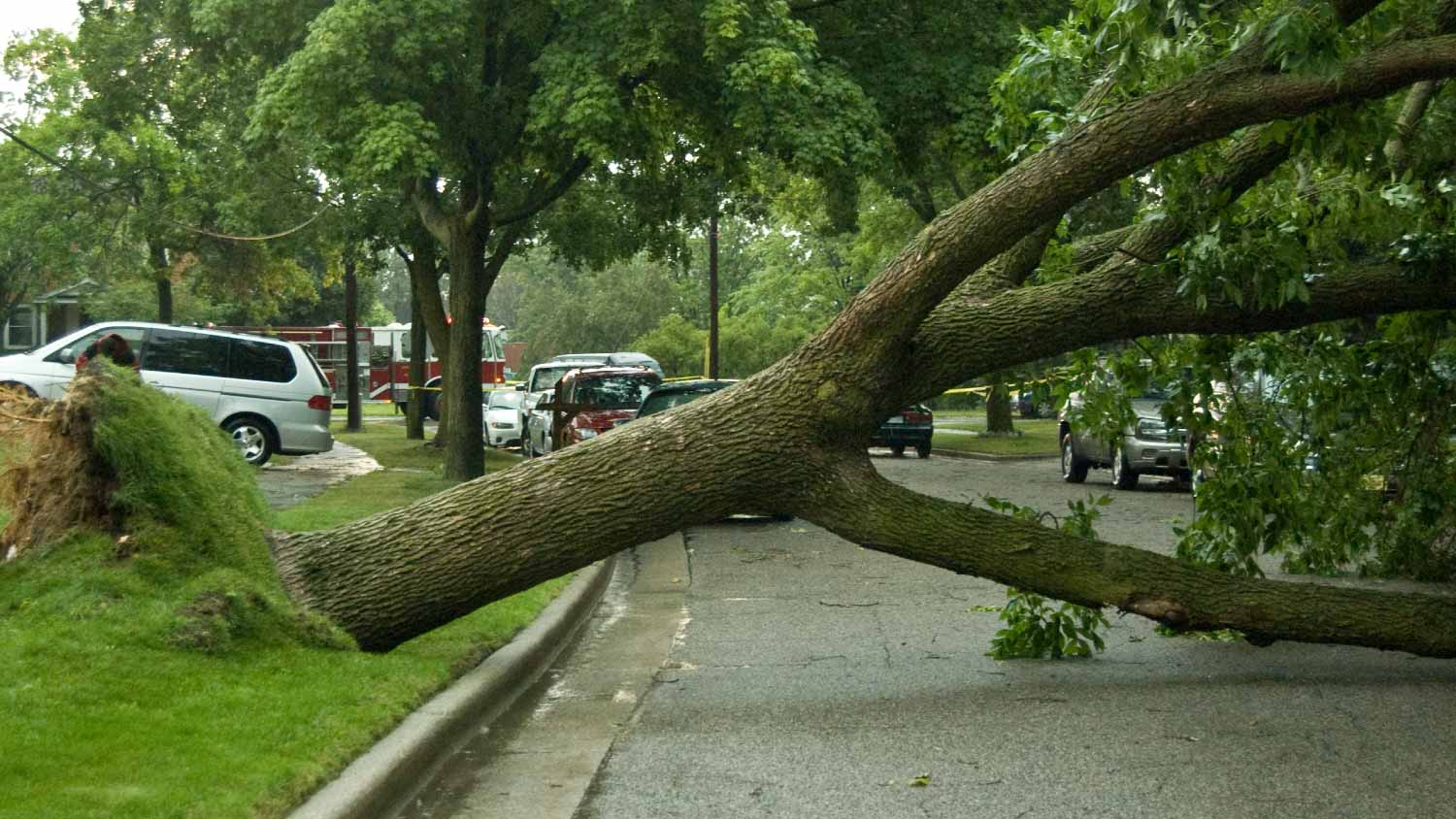
Learn how to budget for tree stump removal, exploring how factors such as the stump size, root system, and removal method affect your final bill.
A tree removal specialist is the right pro to remove dead trees


Dead tree removal is hazardous work that requires a professional tree removal specialist who follows safety protocols and reduces risk to your property.
Planning depends on tree size, location, condition, proximity to structures and power lines, and access for equipment.
Hiring a dead tree removal pro brings expertise, safety procedures, specialized equipment, business insurance, and disease identification that helps protect other trees.
Use an arborist for diagnosing disease or when a tree has already fallen—avoid DIY on standing dead trees due to safety risks.
This article was created using automation technology and thoroughly fact-checked and edited by HomeAdvisor Editor Ryan Noonan.
If you're unsure of who to call for dead tree removal, consider hiring a tree removal specialist instead of attempting a risky DIY. These pros differ from arborists, who focus on diagnosing and caring for trees. Specialists follow strict safety procedures, carry business insurance, and use lifts, ropes, rigging, and chainsaws. Licensing or legal requirements are not provided in the source content.
Taking down any tree is dangerous, and dead trees are especially unpredictable. A dedicated tree removal specialist brings the training, safety protocols, insurance, and equipment needed to control each cut and protect your home. You also gain insight into why the tree died, which helps safeguard nearby trees from pests or disease.
Hiring a tree removal specialist comes with other benefits:
Trained in tree trimming, cutting, and proper disposal
Implements safety protocols to protect workers, structures, and landscaping
Supplies lifts, ropes, rigging, and chainsaws to handle complex removals
Carries business insurance to cover on-site injuries and liabilities
Evaluates risks near structures, fences, and overhead power lines
Plans removal based on tree size, location, lean, and overall condition
Sections and lowers wood safely to the ground with rigging
Offers optional stump grinding or excavation when requested
Cleans up debris and chips or recycles wood for repurposing
Identifies diseases or mites that could threaten surrounding trees
If your dead tree is especially large, close to power lines, or in a difficult-to-access location, hire a tree removal pro near you to ensure the job is done safely and efficiently.
Arborists act as tree doctors, diagnosing disease, caring for trees, planting, and performing removals when needed to prevent spread. They are appropriate for fallen or diseased trees and for assessing risks to nearby trees.
However, not every arborist has the tools, crew, or specific experience to remove a large, dead tree. Ask about rigging experience, past large dead tree projects, and the equipment they use. Only consider DIY if a tree has already fallen in a safe, accessible area—cutting is tiring and leaves debris. Do not attempt to cut down a standing dead tree yourself.
Tree removal specialists follow a planned, safety-first process that controls where each piece lands and reduces hazards. Expect them to evaluate the tree and site, protect workers and property, and use climbing or lift equipment and rigging to lower sections. The result is a controlled dismantle, optional stump removal, and a clean work area.
Assess the situation: Evaluate size, location, and condition; identify risks near structures, power lines, and other trees; develop a plan.
Set up safety precautions: Equip the crew with PPE, harnesses, and fall protection; protect the property.
Upper branch removal: Climb with ropes and harnesses or use a lift; remove smaller to larger branches in sequence.
Top trunk removal: Remove the crown or top portion to reduce height and gain control.
Trunk sectioning: Cut the trunk into manageable pieces; use rigging to lower sections safely.
Stump removal (optional): Provide stump grinding or excavation based on your preference.
Clean-up: Remove debris and wood; chip or recycle material for repurposing.
Pros usually provide a cost estimate after the initial assessment. Debris handling and site tidiness are included as part of their service.
Hiring a professional for dead tree removal costs between $200 and $2,000 on average. Costs range depending on the size of the tree, its condition, accessibility, and other factors. Plan to pay extra if you need extra services, such as stump grinding, debris hauling, or emergency removal.
From average costs to expert advice, get all the answers you need to get your job done.

Learn how to budget for tree stump removal, exploring how factors such as the stump size, root system, and removal method affect your final bill.

Budget for tree removal costs based on factors such as tree size, condition, type, accessibility, emergency services, additional projects, labor, and more.

If you need to clear a plot of land, you can expect to budget based on the lot size, amount of vegetation, permits, and more.

Who do you call for a tree on a power line? Learn when to call the utility company vs. a tree removal service and see how pros handle it

Who to call for tree roots growing into an inground pool? Learn whether to hire an arborist or pool installer and what to do next

Who to call when a tree falls in your yard? Learn when to hire a tree removal service or arborist and what costs to expect